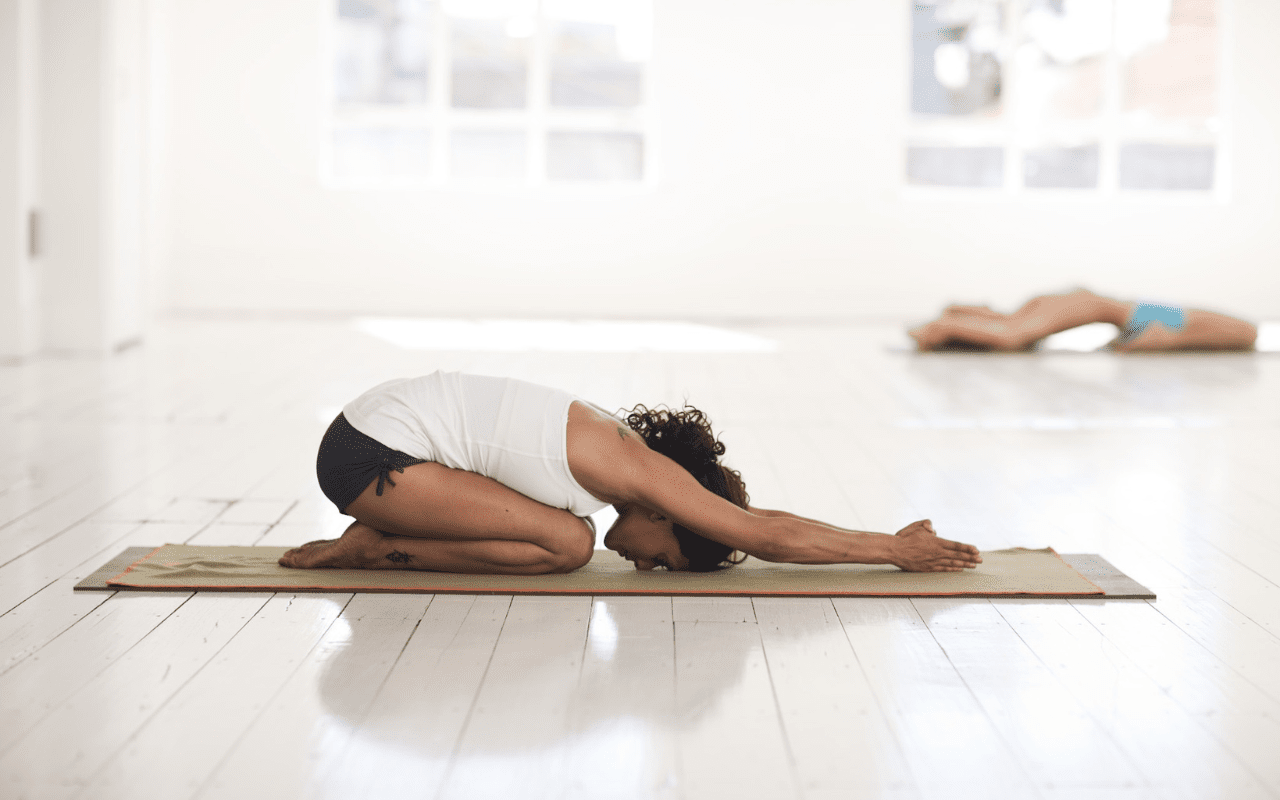
Yoga and yoga therapy for cancer patients and survivors
Both yoga and yoga therapy can address the different needs that cancer patients experience during the different treatments. By Evi Dimitriadou
Cancer patients and survivors not only experience the disease, but they also suffer from cancer treatments’ side effects that may last for years after the completion of the treatments.
It is well known that cancer treatments have many side effects but most of them are manageable and even reversible with the appropriate lifestyle choices such as being physically active and managing stress levels, goals that are fully supported by yoga and yoga therapy.
Finding effective ways to manage cancer treatment-related side effects is among the highest clinical research priorities at the National Cancer Institute and yoga seems to be able to support this goal.
Knowing the needs of each step of the cancer challenge, the common side effects of each treatment but also how each yoga tool works for these specific needs is imperative for a safe and efficient integration of yoga when supporting cancer patients and survivors.
Both yoga and yoga therapy can address the different needs that cancer patients experience during the different treatments.
Yoga and yoga therapy work in alignment with BSIO (British Society of Integrative Oncology) major goals of enhancing quality of life, improving resilience, supporting individuals for better treatment tolerance and offering better management of the treatment’s side effects.
Yoga and yoga therapy
Yoga is an ancient mind and body intervention, that promotes and maintains physical and mental wellness through the use of postures, breathing techniques and guided relaxation or meditation.
Yoga movements are often performed in a slow and controlled way that requires coordination and constant awareness of the body’s position in space. In addition to promoting physical health (musculoskeletal, cardiovascular and metabolic health) this type of movement also helps to fine-tune interoceptive and proprioceptive awareness.
The breath awareness and conscious breath regulation that is taking place in any yoga class, promotes the use of supportive breathing patterns in everyday life situations. The breath often is used to ‘turn toward’ unpleasant or stressful sensations that arise and breath into them rather than avoid them or fight them.
Slow breathing changes can alter emotional states and influence well-being while guided relaxation and positive affirmations have positive effects on the sympathetic nervous system, on the hypothalamic pituitary adrenal (HPA) axis, on stress reduction and on health behaviour change.
More specifically, with slow breathing achieved by yogic breathing practices we have a slower heart rate, an increase in parasympathetic tone and an increase in theta waves that are highly related to better memory and cognition/information processing.
Yoga Therapy, the person-centred, individualized application of yoga takes into account the bio-energetic-psycho-socio-spiritual condition of the individual and is given as prevention, therapy and palliative care in a 1-2-1 basis and in specific groups by Yoga Therapists who quite often are also health professionals such as psychologists, physiotherapists, nurses or doctors.
Yoga Therapy is the clinical application of the principles and practices of yoga promoting health and well-being within a therapeutic relationship that includes personalized assessment, goal setting, lifestyle management, and yoga practices for individuals or small groups, according to the International Association of Yoga Therapists (IAYT, 2020).






